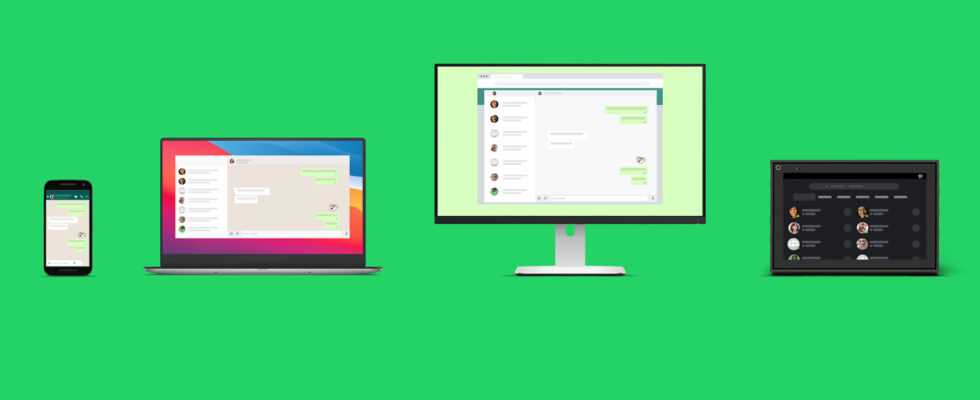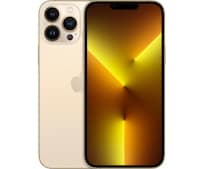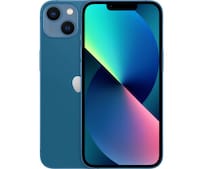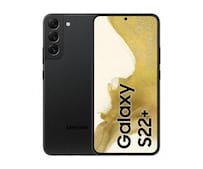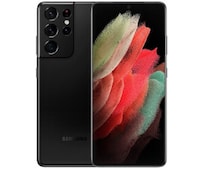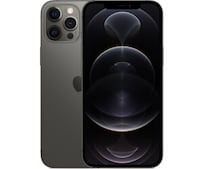WhatsApp: Linked Devices feature
WhatsApp on multiple devices: how it works
To be able to use WhatsApp on multiple devices, select the menu item “Linked Devices”. Below you will find out how to activate the function, add and remove devices and use WhatsApp on PC or Mac.
Add PC or Mac via WhatsApp Web
With WhatsApp Web you access your WhatsApp account via browser. Thats how it works:
- Open WhatsApp on your smartphone.
- For Android devices, tap the three dots in the top right corner, for iPhones, tap settings. Then choose Linked Devices.
- Tap on add device. If necessary, unlock the screen.
- Type on your PC or Mac http://web.whatsapp.com/ in the address bar of a browser.
- Tap your smartphone on OK and hold the camera over the QR code displayed on WhatsApp Web.
- Complete! You can now use WhatsApp in the browser.
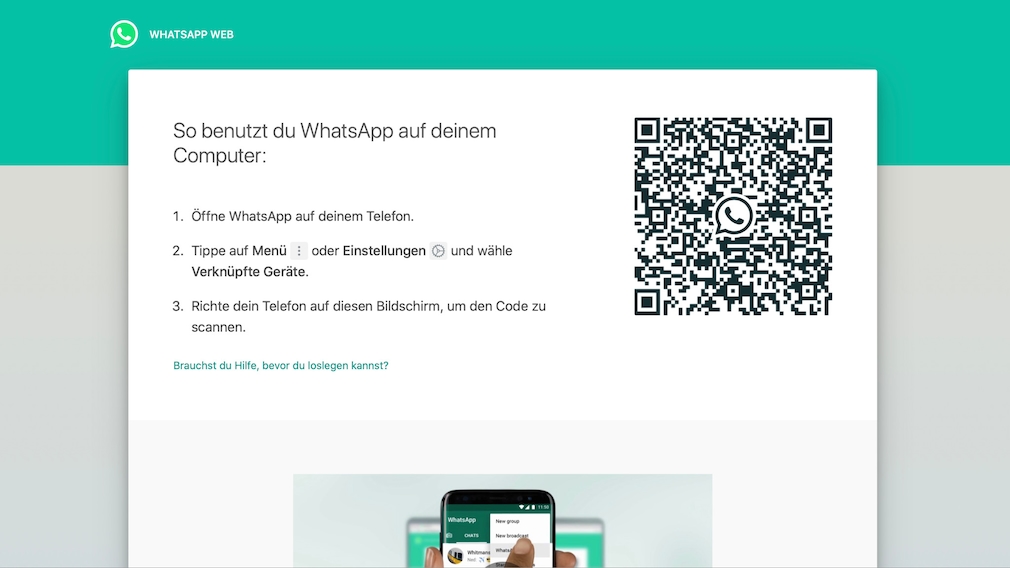
Signing up for WhatsApp Web is easy.
Add PC or Mac via WhatsApp Desktop
With WhatsApp Desktop, Messenger is also available as a program for PC and Mac. How to set it up:
- Download to yours PC or Mac Download and install the Windows 10 version or macOS version of WhatsApp Desktop.
- Open WhatsApp on your smartphone.
- For Android devices, tap the three dots in the top right corner, for iPhones, tap settings. Then choose Linked Devices.
- Tap on add device. If necessary, unlock the screen.
- Open on your PC or Mac WhatsApp desktop.
- Tap your smartphone on OK and hold the camera over the QR code displayed on WhatsApp Desktop.
- Complete! You can now use your account in WhatsApp Desktop.
Use WhatsApp on PC or Mac
The browser, PC and Mac versions of WhatsApp only differ in details from the smartphone app. Here you will find the most important functions:
- Select Chat: Click the contact name on the left.
- News: Enter your message in the text field below and click the arrow icon on the bottom right to send.
- voice message: Start the recording by clicking on the microphone symbol at the bottom right. Once recorded, send it by selecting the green tick icon or discard it by selecting the red cross icon.
- Photos and video: Click the paperclip icon and click Photos & Videos. Double-click on the file to be sent. You can add emojis, stickers, text boxes, written text to the image and rotate the image using the toolbar at the top. With a click complete finish editing. In the text field you can enter a message if you want to send it together with the picture. The 1 icon activates the automatic deletion of the image after viewing the receiver once. Click on the arrow symbol at the bottom right to send the picture.
- Photo with built-in or connected webcam: Click on the paper clip icon and camera. Click on the green camera icon to take a photo. To send, select the arrow symbol at the bottom right.
- Document: Click on the paperclip icon as well document. Select a file by double-clicking it. To send, select the arrow symbol at the bottom right.
- Calls and video calls: This feature is only available on WhatsApp Desktop. Click on the phone receiver icon in the top bar to start a call or on the camera icon to start a video call.
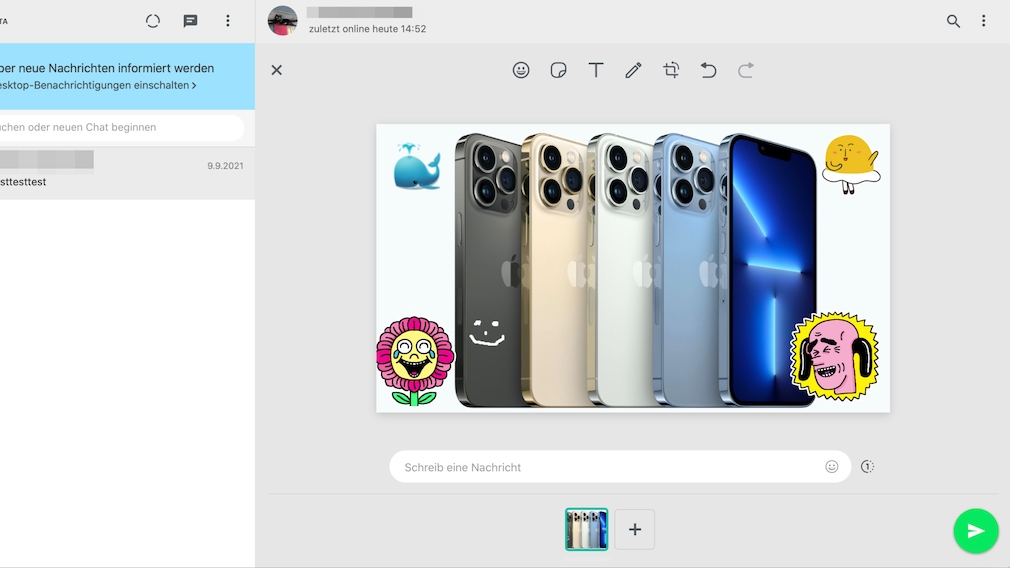
If desired, you can “embellish” pictures on the computer before sending them.
WhatsApp: remove devices again
When trying it out, devices could be added and removed as often as desired. You can decouple connected devices in WhatsApp both on the computer and on the smartphone:
- whatsapp web: Click on the three dots at the top left and on De-register.
- WhatsApp Desktop: At the top left, click the down arrow and click De-register.
- Android: Tap on the three dots at the top right and on Linked Devices. For “Device Status,” tap the device you want to deregister and tap De-register.
- iOS: Tap on settings as well as on Linked Devices. Tap the device you want to deregister and tap De-register and De-register.
Multi-device requires new architecture
For multi-device support, the WhatsApp developers had to adapt the way the app works. The reason is the end-to-end encryption, which is still guaranteed. So far, encryption has worked like this: as soon as a conversation between two users begins, their apps exchange a private encryption key. With these codes, the messages were encrypted before they were sent and automatically decrypted on the target device when they were received. With the new version essentially the same thing happens, only now code lists are swapped. There is a code for each linked device, so the messages are encrypted and sent separately for each recipient device. Users are not aware of this because the receiving device automatically selects the right message, decrypts it and displays it as usual. However, this change ensures that older WhatsApp versions are left out.
